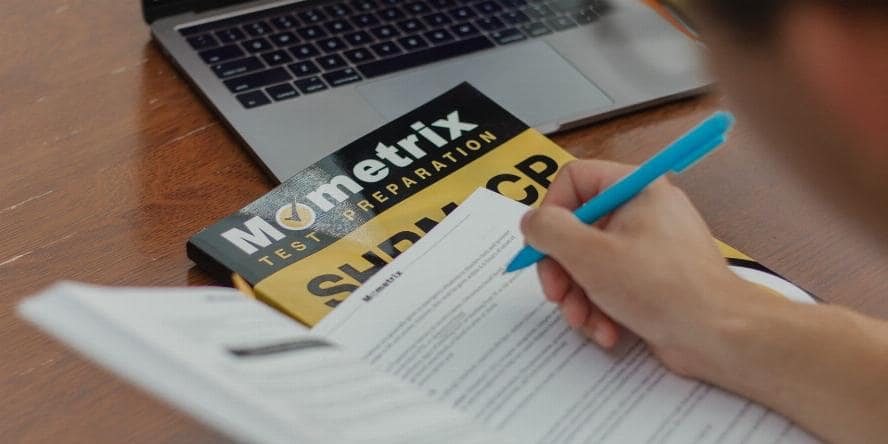AppliMarkets: Your Go-To Resource for App Insights
Explore the latest trends, reviews, and tips in mobile applications.
Test Prep Tango: Dance Your Way to Success
Unlock your potential with Test Prep Tango! Discover fun strategies to ace exams and dance your way to academic success. Join the movement!
5 Effective Study Techniques to Master Test Prep
Preparing for tests can be daunting, but incorporating effective study techniques can significantly enhance your mastery of the material. Here are five strategies to consider:
- Active Recall: This technique involves testing yourself repeatedly on the material you've learned. Use flashcards or practice questions to quiz yourself, which reinforces memory retention.
- Spaced Repetition: Instead of cramming all at once, space out your study sessions over days or weeks. This method utilizes the psychological spacing effect to improve your ability to recall information.
- Mind Mapping: Visualizing information through diagrams can help you understand complex concepts and their relationships. Create a mind map to organize your notes and visualize the overall structure of the subject.
In addition to the first three techniques, don’t overlook the benefits of study groups and practice tests.
- Study Groups: Collaborating with peers allows you to gain different perspectives and explanations on difficult topics, making study sessions more engaging and informative.
- Practice Tests: Simulating actual exam conditions by taking practice tests can alleviate anxiety and enhance your readiness. It gives you a sense of timing and helps identify areas for improvement.

How Dance Can Enhance Your Focus and Retention for Exams
Dancing is not only a form of artistic expression but also a powerful tool for enhancing focus and retention when preparing for exams. Engaging in dance involves coordination, rhythm, and memorization of steps, all of which activate various areas of the brain. This multifaceted engagement can lead to improved cognitive function. Studies suggest that physical activity, such as dancing, releases endorphins that reduce stress and anxiety, often associated with exam preparation. This alleviation of mental fatigue allows students to concentrate better and retain information more effectively.
Moreover, incorporating dance into your study routine can provide a refreshing break from traditional study methods. For instance, consider allocating a few minutes every hour to perform a short dance session. This not only rejuvenates your mind but also boosts focus by shifting your mental state. You might find that after dancing, you return to your notes with a clearer mind. To maximize retention, try applying rhythm or movement to your study materials, such as creating dance steps to remember formulas or key concepts. By fusing physical movement with academic study, you can enhance your overall learning experience and be better prepared for your exams.
What Are the Benefits of Incorporating Movement into Your Study Routine?
Incorporating movement into your study routine can significantly enhance your overall learning experience. Engaging in physical activity boosts blood circulation, which in turn increases brain function and cognitive abilities. By taking short breaks to stretch or walk, you allow your brain to recharge, making it easier to retain information. This practice not only helps to combat fatigue but also prevents the mental burnout that often accompanies prolonged periods of study. Movement stimulates the release of endorphins, which can elevate your mood and improve focus, enabling you to tackle your study goals more effectively.
Additionally, integrating movement into your study sessions can foster better time management and productivity. Consider using techniques like the Pomodoro Technique, where you study for 25 minutes followed by a 5-minute break featuring light exercise. This routine can lead to higher efficiency and an increased sense of accomplishment. Regular movement also cultivates discipline and structure, encouraging a more balanced approach to studying. Ultimately, incorporating movement into your study routine is not just beneficial for the body; it profoundly impacts your mental clarity and academic performance.